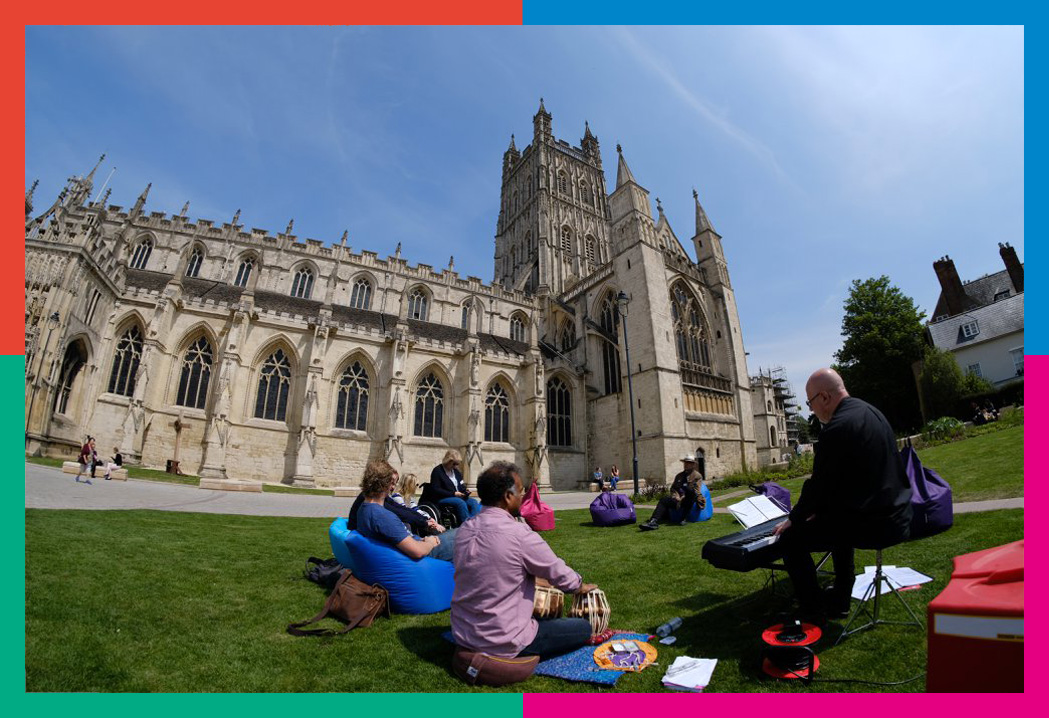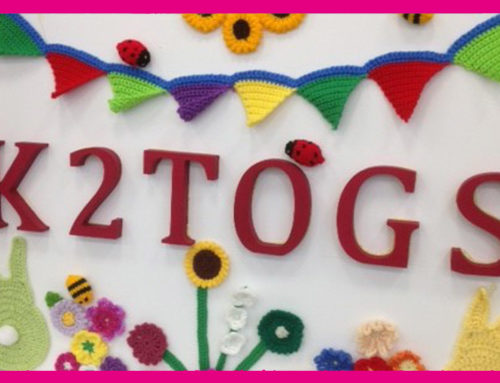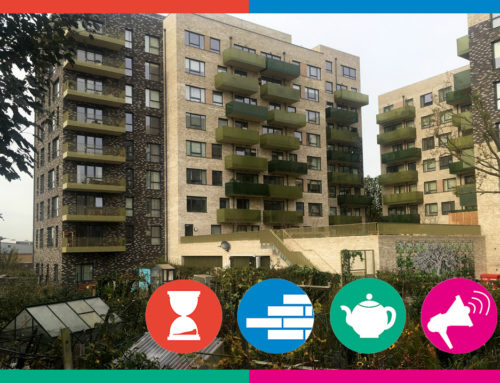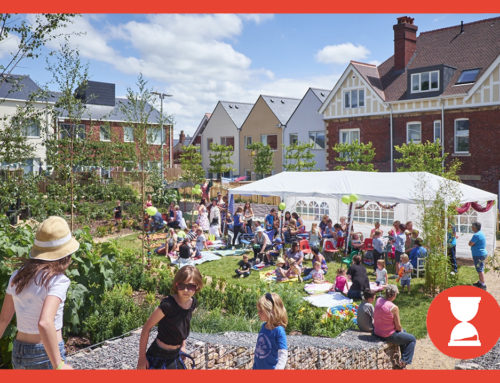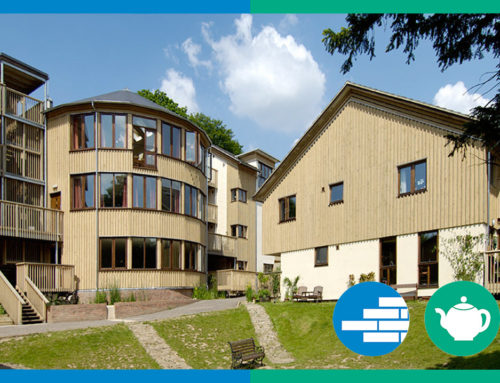About
Light touch social sustainability assessments were carried out around four development sites in the Gloucester, Cheltenham and Tewkesbury Joint Core Strategy. These focused on the existing neighbourhoods near to the proposed sites. The assessments mapped existing assets and drew out the strengths and weaknesses of the areas, using Social Life’s social sustainability framework to organise the material. The report also set out the implications for the new developments.
The assessments were based on phone interviews with key stakeholders and a discussion group, together with analysis of data describing the areas and a survey of community assets carried out by a separate consultancy.
The aim was that the findings would help the local authority gain a better understanding of what is needed to support a thriving community in the future, when new developments are complete, and how new facilities can help support existing residents. This information will also help developers create their plans for the future.
Project details
This project was commissioned as part of a broader piece of work on green space, recreation and social infrastructure across the area of the Gloucester City Council, Cheltenham Borough Council & Tewkesbury Borough Council Joint Core Strategy.
The social sustainability assessment focused on the areas around four future proposed housing developments in the strategy: Ashchurch; North-West Cheltenham; South Cheltenham; and Innsworth, Churchdown and Brockworth.
The three local authorities adopted the Joint Core Strategy in December 2017. It is a coordinated strategic development plan that sets out how the area will develop between 2011 and 2031.
The aim of this social sustainability element was to make sure that infrastructure and services around the four development sites are planned to best meet the social needs of the existing and new communities; and to make practical recommendations for boosting social sustainability and community life in and around the four new developments.
The project drew on survey data about community facilities in the four areas. It began with an overview of deprivation data for the four areas, and Social Life’s community dynamics data. Visits were carried out to each area.
Discussions with local authority and other community stakeholders (including the Barnwood Trust) helped identify relevant community activists and representatives. Social Life researchers spoke to a small number (4 to 6) of stakeholders in each area by phone, others were invited to attend the workshop.
The aim of the interviews were to identify community facilities and networks, and to discuss broader questions about the social sustainability of the sites, including how residents feel about the area and the local community; residents’ sense of belonging, wellbeing, and influence; and how different groups in the area relate to each other and to local facilities and groups.
This was followed by discussion groups in each area to build on the research. These were held during the daytime to maximise attendance. The discussion groups looked at a summary of the initial mapping and stakeholder interviews.
The outputs from this work were:
• An asset map of each neighbourhood, which identified gaps in provision and suggested locations and types of services that could cater both to the arriving residents of the new housing developments, and existing areas
• An overall assessment of the social sustainability of the four areas neighbouring the major sites
• An assessment of the strengths and weaknesses within each of the four social sustainability dimensions (Amenities & social infrastructure, Social & cultural life, Voice & influence and Adaptability & resilience), and the implications of these for future development
• A brief description of the social sustainability assessment method used, to enable others to replicate the work in other areas
The four sites differed, not only in the scale of development but importantly in the circumstances in the neighbouring communities. For example:
• The South Cheltenham development is in an affluent area. Social sustainability is strong, the only dimension that did not score highly was Adaptability & Resilience, which was average/as expected. Questions were raised about the identity of the new development and how this would link to the town, and how new retail should avoid competing with existing local centres
• Northwest Cheltenham is next to a relatively deprived area of the town. However local investment and partnership working have created some strong community infrastructure, which is supporting the community. Recommendations for the future focused on how existing provision could expand, or adjust, to meet the needs of current and future residents. The social sustainability assessment was overall the same as for South Cheltenham
• The Ashchurch development, near Tewskbury, is also in a relatively affluent area, however the social sustainability assessment was weaker. No dimension scored higher than “as expected” and Adaptability & Resilience was considered weak. Many existing community facilities are at capacity, some are struggling and new provision is needed
